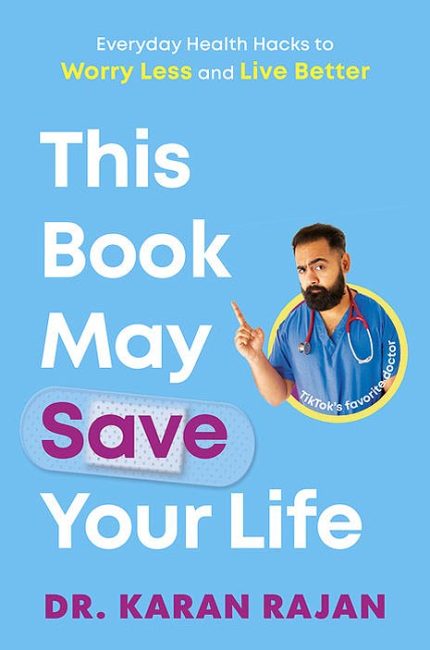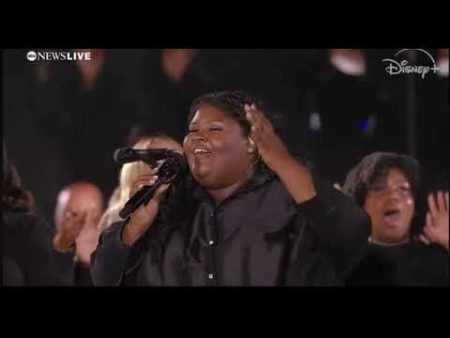Book Bag – March 2013, Women’s Month
History Expanded Through The Bright Prisms of Women’s Eyes
Book Reviews by Sharon L. Shervington
 SHE MATTERS
SHE MATTERS
She Matters is a collage of stories about the ebb and flow of the author’s relationships with women friends throughout her life. Although it is nonfiction, it is almost a sequel to her first book, Her Last Death, a memoir of life with a narcissistic mother. Her mother was totally lacking in boundaries, whether about men, drugs, cruelty, and other vices. This mother often destroyed her daughter’s relationships, and always haunted them, not only with men and women, but also with herself.
She Matters is much less raw than the earlier work as the author has gained perspective, had no contact with her mother, and had her own children, all experiences that helped to ground and calm her. It’s also an unsentimental tribute to friendship and the shared gifts of these special attachments.
(She Matters: a Life in Friendships; by Susanna Sonnenberg; Scribner; $24; 255 pages)
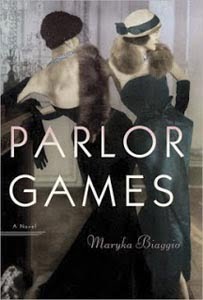 PARLOR GAMES
PARLOR GAMES
In Parlor Games, which begins in 1917 and then moves backwards in time, a real-life con woman, May Dugas, leaves her home in Menominee, Michigan, to find a better life in Chicago. A real “stunner” in the parlance of the time, May, who also goes by the name Pauline Davidson, uses her charms and cunning to get what she wants from men.
A Pinkerton Agency detective dogs her steps in exotic locales from Shanghai to London as the one-time baroness remains one-step ahead. With her major taste for luxury and the tactics to pursue that, she was seen by some as nothing but a cold-hearted swindler – but whatever her faults, she never forgot her family or stopped supporting her mother. Chapters alternate between her adventures and her sensational trial.
(Parlor Games; by Maryka Biaggio; Doubleday; $25.95; 338 pages)
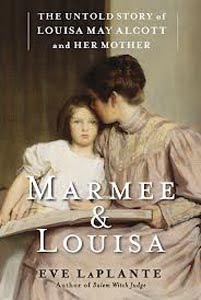 MARMEE & LOUISA: THE UNTOLD STORY OF LOUISA MAY ALCOTT AND HER MOTHER
MARMEE & LOUISA: THE UNTOLD STORY OF LOUISA MAY ALCOTT AND HER MOTHER
Another examination of the mother-daughter relationship is the central theme of Marmee & Louisa: the Untold Story of Louisa May Alcott and Her Mother. Author of one of the most successful and highest-earning authors of her day, Alcott’s Little Women also has remained a popular classic for over 150 years.
This book is written by Eve LaPlante, a great-niece of Abigail May Alcott, Louisa May’s mother. Using primary sources such as diaries, letters, and other personal papers, some of which had been thought to be lost, she turns conventional thinking on its head, making a strong case that it was Abigail rather than Bronson Alcott, her father, who was at the intellectual and emotional center of her world.
Abigail is shown to be a politically active feminist in her own right, and this portrayal adds much to the complexity of both women. The book includes interesting photographs and small incidents and dialogue that bring these women to life. In one touching anecdote, Louisa puts her first published book into her mother’s Christmas stocking in 1854, noting on the title page: “Into your Christmas stocking I have put my “firstborn.’”
(Marmee & Louisa; by Eve Laplante; Free Press; $26; 368 pages)
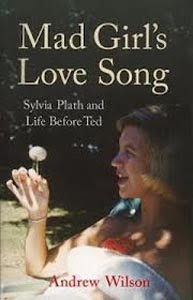 MAD GIRL’S LOVE SONG: SYLVIA PLATH AND LIFE BEFORE TED
MAD GIRL’S LOVE SONG: SYLVIA PLATH AND LIFE BEFORE TED
Mad Girl’s Love Song: Sylvia Plath and Life before Ted also adds significant depth and nuance to the life of a beloved and, in this case, tragic literary icon. It is heartening to see the childhoods of these important writers examined with a scrutiny that remains relatively rare.
Alice Miller, the influential psychoanalyst, believed that the reality of the childhoods of prominent and often tortured artists, writers, and politicians were routinely glossed over as unimportant. But these biographies offer potent evidence that that is changing.
Here we get a good look at many of the tough realities that Plath faced, such as a cold, domineering father, financial problems that remained an issue even when she matriculated at Smith College, and a sense of always wearing a mask that seems to have been tied to the relationship between her parents. So much of the scholarship on Sylvia Plath has focused on her relationship and marriage with fellow poet Ted Hughes, that this is a welcome change.
(Mad Girl’s Love Song: Sylvia Plath and Life before Ted; by Andrew Wilson; $30; 368 pages)
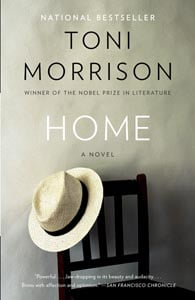 HOME
HOME
Frank Money is a man who has been worn down, a victim of PTSD both in Texas and Georgia as well as in Korea, where he has gone to fight for his country. His parents worked 16-hour days in the fields, and the whole family lived with a cruel and manipulative grandmother.
The best, most pure presence in his life has been his younger sister Ycidra, called Cee, and he has given her his devotion and care from her birth. In this novel, Home, by Toni Morrison, Frank is in hospital after the war, recovering from physical and mental wounds. That is, until he receives a letter saying: “Come fast. She be dead if you tarry.”
Frank escapes from the psychiatric hospital without even a pair of shoes. He finds much help on his journey and finally reaches his beloved sister. Once started, this slim yet startling tale is very hard to put down.
The writing is precise, moving and elegant. As Frank risks everything in an effort to rescue her, not even knowing whether Cee is alive, he finds himself and puts to rest others’ harsh judgments. Toni Morrison just keeps getting better and better.
(Home; by Toni Morrison; Knopf; $24; 147 pages)
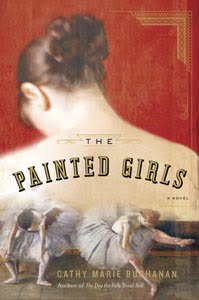 THE PAINTED GIRLS
THE PAINTED GIRLS
The Painted Girls is a more accurate portrayal than we usually get of a specific time, place and milieu. This novel is based on the known facts of Degas’s sculpture, “Little Dancer Aged Fourteen,” probably one of the best-loved and most often copied pieces in the world.
It is the story of the van Goethem sisters, living in abject poverty with their absinthe-addicted, laundress mother. Each of the three sisters has only one way out besides marriage – acceptance by the Paris Opera ballet school, where with hard work and talent it is possible to rise through the ranks and even become a star. But without enough to eat and no parent to guide them, the streets exert a powerful lure.
One of the sisters becomes involved with a brutish murderer, and part of the book offers actual articles about the trial. It was also a time when facial features were considered to reflect character, and Marie, the most-promising sister, is far from beautiful. Still, her excellence as a dancer and a strong work ethic lead to her working as a model for Edgar Degas.
(The Painted Girls; by Cathy Marie Buchanan; Riverhead; $27.95; 353 pages)


